Two Popular Genres of Photography
Lifestyle and travel photography are two captivating genres that often overlap but have distinct goals, techniques, and storytelling approaches. While both styles aim to create visually compelling narratives, the key lies in understanding the purpose behind each. Lifestyle photography focuses on capturing people in everyday moments to evoke emotions, tell personal stories, or market a product or lifestyle. On the other hand, travel photography explores new destinations, cultures, and experiences, often emphasizing landscapes, architecture, and candid moments. This guide will help you understand the differences between lifestyle and travel photography, explore their unique challenges, and provide actionable tips for capturing authentic moments to excel in both. Whether you’re a seasoned professional or a budding enthusiast, this blog will offer insights to elevate your craft.
1. Understanding Lifestyle Photography
1.1 What Is Lifestyle Photography?
Lifestyle photography is about documenting real-life moments with an artistic touch. It often feels candid but may involve slight direction to ensure the story aligns with the intended narrative.
- Common themes: Family portraits, brand storytelling, or capturing hobbies and interests.
- Goal: To evoke a sense of connection, warmth, and relatability.
1.2 Key Characteristics of Lifestyle Photography
- Natural Light: Prioritizes soft, natural lighting for authenticity.
- Candid Poses: Subjects appear relaxed and natural, even if lightly directed.
- Relatable Settings: Shoots often take place in homes, cafes, parks, or familiar spaces.
- Emotionally Driven: Focuses on genuine expressions and human connections.
2. Understanding Travel Photography
2.1 What Is Travel Photography?
Travel photography captures the essence of a destination, including its culture, landscapes, architecture, and people. It is about storytelling through visuals that transport viewers to new places.
- Common themes: Landscapes, street photography, cultural events, and food.
- Goal: To inspire exploration and celebrate diversity.
2.2 Key Characteristics of Travel Photography
- Diverse Subjects: Ranges from vast landscapes to intimate portraits of locals.
- Wide Range of Locations: From bustling cities to remote natural wonders.
- Dynamic Lighting: Requires adaptability to different lighting conditions.
- Cultural Sensitivity: Emphasizes respect for local customs and traditions.

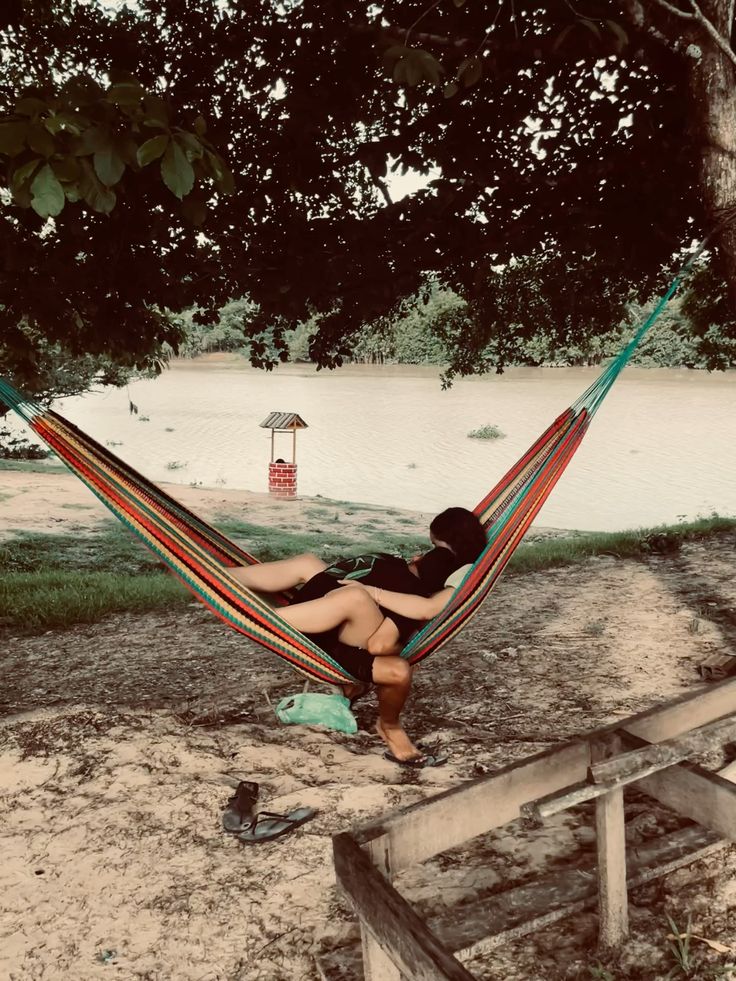
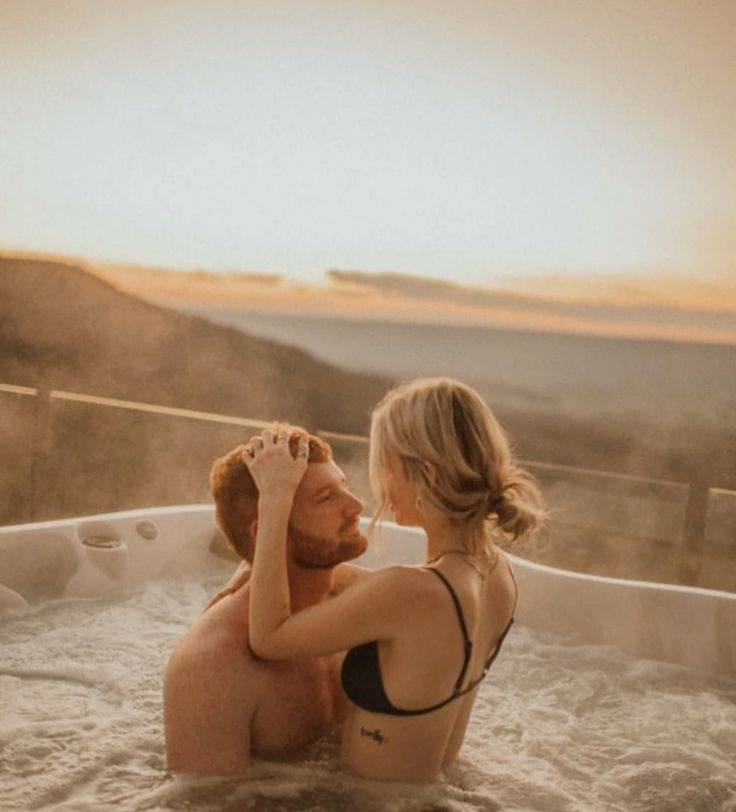
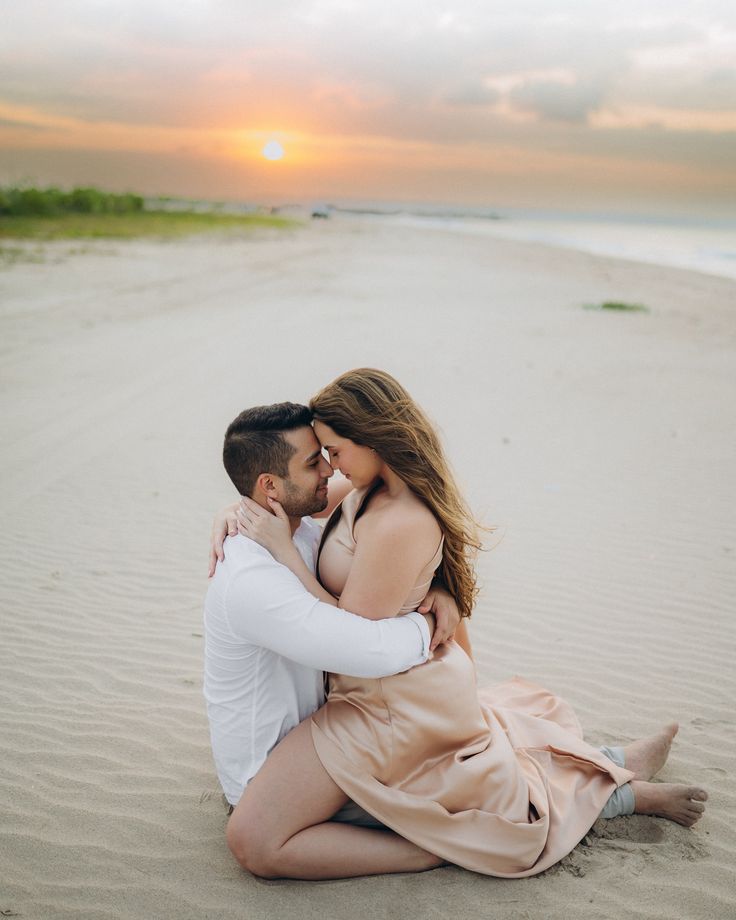


3. Comparing Lifestyle and Travel Photography
3.1 Purpose
- Lifestyle Photography: Often commercial or personal, focusing on emotions and storytelling.
- Travel Photography: Focused on exploration, documentation, and sharing cultural insights.
3.2 Subjects
- Lifestyle: People, their habits, and routines in everyday or aspirational contexts.
- Travel: Destinations, landmarks, and cultural elements.
3.3 Composition
- Lifestyle: Relies on tight frames to emphasize emotions and details.
- Travel: Combines wide-angle shots for landscapes with close-ups for cultural elements.
3.4 Planning
- Lifestyle: Requires coordination with models, wardrobe, and settings.
- Travel: Involves research, flexibility, and adaptability to unpredictable situations.
4. Essential Equipment for Both Genres
4.1 Cameras and Lenses
- Lifestyle Photography: Prime lenses with wide apertures (e.g., 50mm or 85mm) for shallow depth of field.
- Travel Photography: Versatile zoom lenses (e.g., 24-70mm or 70-200mm) for varied scenes.
4.2 Accessories
- Tripod: Useful for travel landscapes and steady lifestyle shots.
- Filters: Polarizing filters for travel, reflectors for lifestyle.
- Backup storage: Ensure sufficient memory cards or portable drives for both genres.
5. Tips for Lifestyle Photography For Capturing Authentic Moments
5.1 Build a Connection with Your Subjects
Genuine emotions make lifestyle photos impactful. Spend time building rapport to make subjects feel comfortable.
5.2 Focus on Storytelling
Think about what story the images will tell—whether it’s a family’s Sunday brunch or a brand’s cozy living room scene.
5.3 Use Natural Light
Soft, diffused light during golden hour or near windows creates a warm, inviting atmosphere.
5.4 Capture Candid Moments
Encourage your subjects to interact naturally rather than overly posing. Look for spontaneous smiles, laughter, or thoughtful expressions.
5.5 Edit for Warmth and Consistency
Apply warm tones and subtle edits to keep the mood consistent across your images.
6. Tips for Travel Photography
6.1 Research Your Destination
Understand the culture, landmarks, and hidden gems of your location. Create a list of must-visit spots and check local customs.
6.2 Master Composition
- Use leading lines, symmetry, and natural frames to create visually dynamic shots.
- For landscapes, apply the rule of thirds to balance your image.
6.3 Be Patient for the Perfect Shot
Wait for the right moment, whether it’s a person walking through a picturesque alley or the sun setting behind a mountain.
6.4 Include Locals in Your Frame
Capture the essence of a destination by including its people. Always ask for permission before taking close-up shots.
6.5 Adapt to Weather and Lighting Conditions
Be prepared for changes in weather and learn to shoot in low light, bright sunlight, or overcast skies.
7. Challenges in Lifestyle and Travel Photography
7.1 Lifestyle Photography Challenges
- Making subjects feel comfortable in front of the camera.
- Balancing candidness with direction.
- Creating unique concepts that stand out.
7.2 Travel Photography Challenges
- Navigating unfamiliar locations.
- Dealing with unpredictable weather.
- Carrying and protecting gear during long trips.
8. Post-Processing for Both Genres
8.1 Lifestyle Editing Tips
- Enhance skin tones and soften harsh shadows.
- Keep edits natural to maintain authenticity.
8.2 Travel Editing Tips
- Adjust contrast and saturation to highlight the destination’s beauty.
- Correct lens distortions, especially for architecture and wide-angle shots.
9. Combining Lifestyle and Travel Photography
9.1 When the Lines Blur
Some projects may require blending both genres, such as travel influencers documenting their personal experiences.
9.2 Tips for Combining Both Styles
- Focus on people in iconic locations to merge lifestyle and travel themes.
- Use storytelling techniques that highlight both the subject and the destination.
Conclusion: Finding Your Niche
Lifestyle and travel photography are unique yet complementary genres. By understanding their differences and mastering their respective techniques, you can create compelling images that resonate with your audience.
Both styles offer endless creative possibilities and capturing authentic moments, whether you’re documenting a cozy moment at home or exploring the streets of a vibrant city. The key is to stay curious, adaptable, and true to your artistic vision.

Sony Alpha a7 IV: The Ultimate Camera for Photography
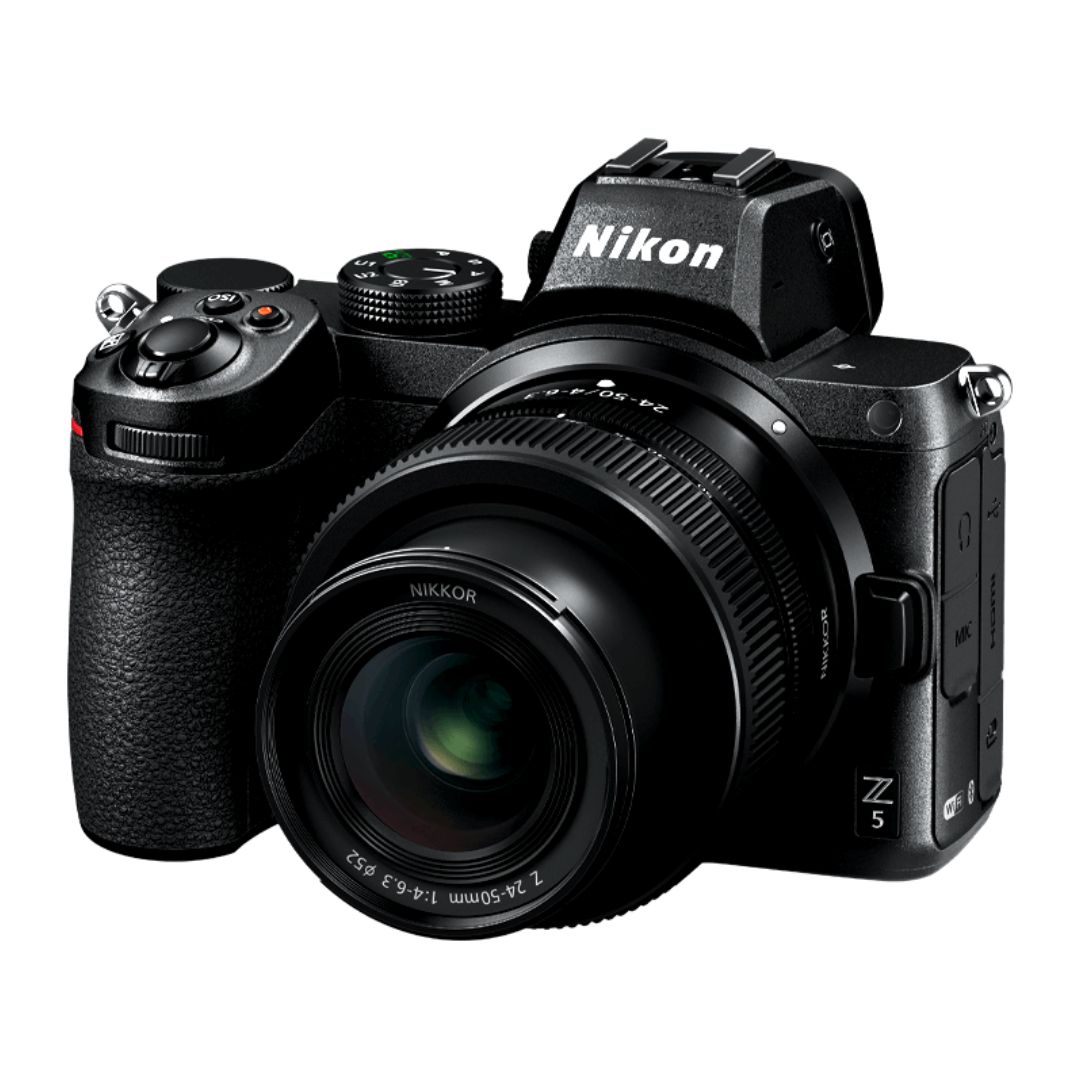
Nikon Z5 Review: Is It Worth It?
-
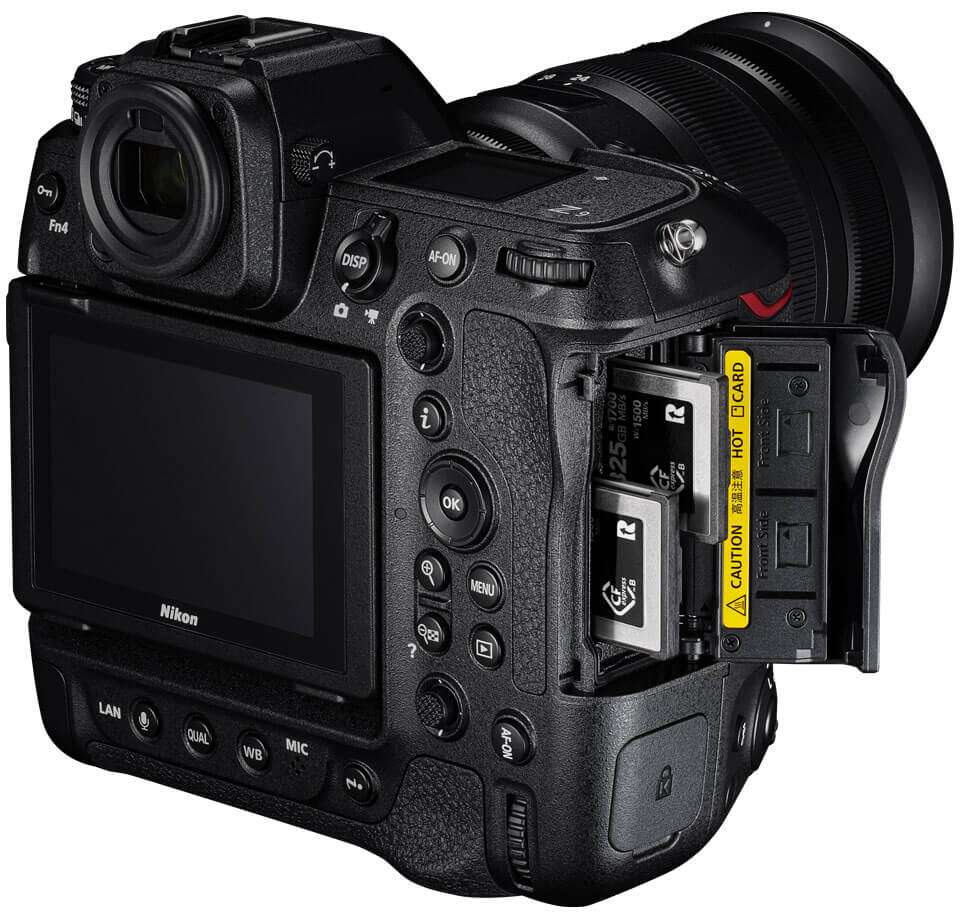
Nikon Z9 : Game-Changer for Photography
-

Top Features of Nikon D850 That Make It Ideal for Portfolio Shoots
Sony Alpha a7 IV: The Ultimate Camera for Photography
Explore the Sony Alpha a7 IV in this complete 2025 review. Learn how its pro-level features, real-world performance, and hybrid flexibility make it the ultimate camera for photography across genres like portraits, weddings, travel, and commercial work. Table of Contents Section 1: Introduction – Why the Sony Alpha a7 IV Stands Out The Sony Alpha…
Nikon Z5 Review: Is It Worth It?
In 2025, photographers—whether hobbyists, content creators, or professionals—seek equipment that blends value, performance, and future-readiness. Enter the Nikon Z5, a full-frame mirrorless camera marketed as a gateway to high-end imaging without a flagship price tag. But how well does it hold up under real-world demands like studio shoots, weddings, landscape adventures, and lifestyle photography? In…
Nikon Z9 : Game-Changer for Photography
Discover why the Nikon Z9 is considered a true game-changer for photography. This in-depth Nikon Z9 review explores key features, real-world performance, and how it excels in professional photo shoots in 2025. Table of Contents 1. Introduction The photography world witnessed a significant shift with the launch of the Nikon Z9, a flagship mirrorless camera…
Top Features of Nikon D850 That Make It Ideal for Portfolio Shoots
Discover why the Nikon D850 is the ultimate DSLR for portfolio shoots. Explore its top features—from resolution and dynamic range to autofocus precision and workflow speed—that help photographers create stunning, high-impact images for professional portfolios. Whether you’re a portrait artist, fashion photographer, or visual storyteller, a portfolio shoot demands technical excellence, creative flexibility, and uncompromised…
Candid Moments with Canon EOS R10: Lightweight & Reliable
In the evolving world of mirrorless photography, the Canon EOS R10 stands out as a lightweight yet powerful camera tailored for real-life storytelling. Whether you’re photographing street scenes, family gatherings, weddings, or spontaneous portraits, capturing genuine emotion requires a responsive and discreet tool. This article dives deep into how the Canon EOS R10 excels in…
Bold Portraits with Canon EOS R5: Is It the Best for Work?
Studio photography has always demanded precision, artistry, and impeccable gear. As the expectations for commercial portraits, fashion campaigns, and editorial work continue to rise, the tools we use must evolve. Enter the Canon EOS R5, a camera that has stirred the professional waters with its impressive technical specs and forward-thinking design. In this comprehensive Canon…

